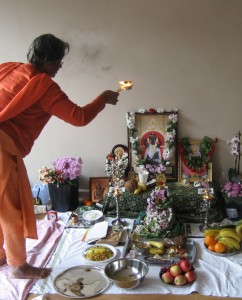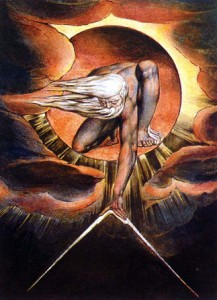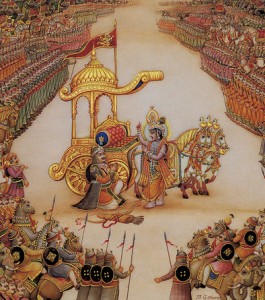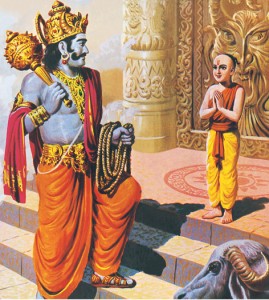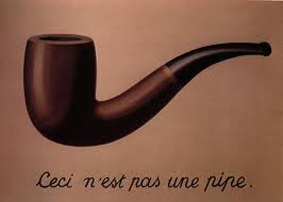 Samsāra, this life of limitations, this life of transmigration, is because of the lack of discriminative knowledge of what Self is and what it is not. That ignorance is caused by the covering power of māyā, which covers internally and externally: internally it covers the discrimination between the seer and the seen, and externally it covers discrimination between the Reality and the creation.
Samsāra, this life of limitations, this life of transmigration, is because of the lack of discriminative knowledge of what Self is and what it is not. That ignorance is caused by the covering power of māyā, which covers internally and externally: internally it covers the discrimination between the seer and the seen, and externally it covers discrimination between the Reality and the creation.
Internally, delusion causes error such as: ‘I am insecure, dependent, unhappy, limited, etc.’ These wrong notions are caused by lack of discriminative knowledge at the individual level. Externally it takes the form: ‘this universe is the source of happiness, it is responsible for my unhappiness, I am dependent on the universe, the universe will give me security, etc.’ (The universe includes friends, relatives, property etc).
One’s notion about the self (internal) is wrong and notion about the universe (external) is also wrong. Every human being makes this common error. These erroneous notions are caused by lack of discriminative knowledge. We do not have discrimination regarding what is absolutely true and what is ‘as though’ true in the universe, hence we have a wrong notion about the universe. Continue reading


